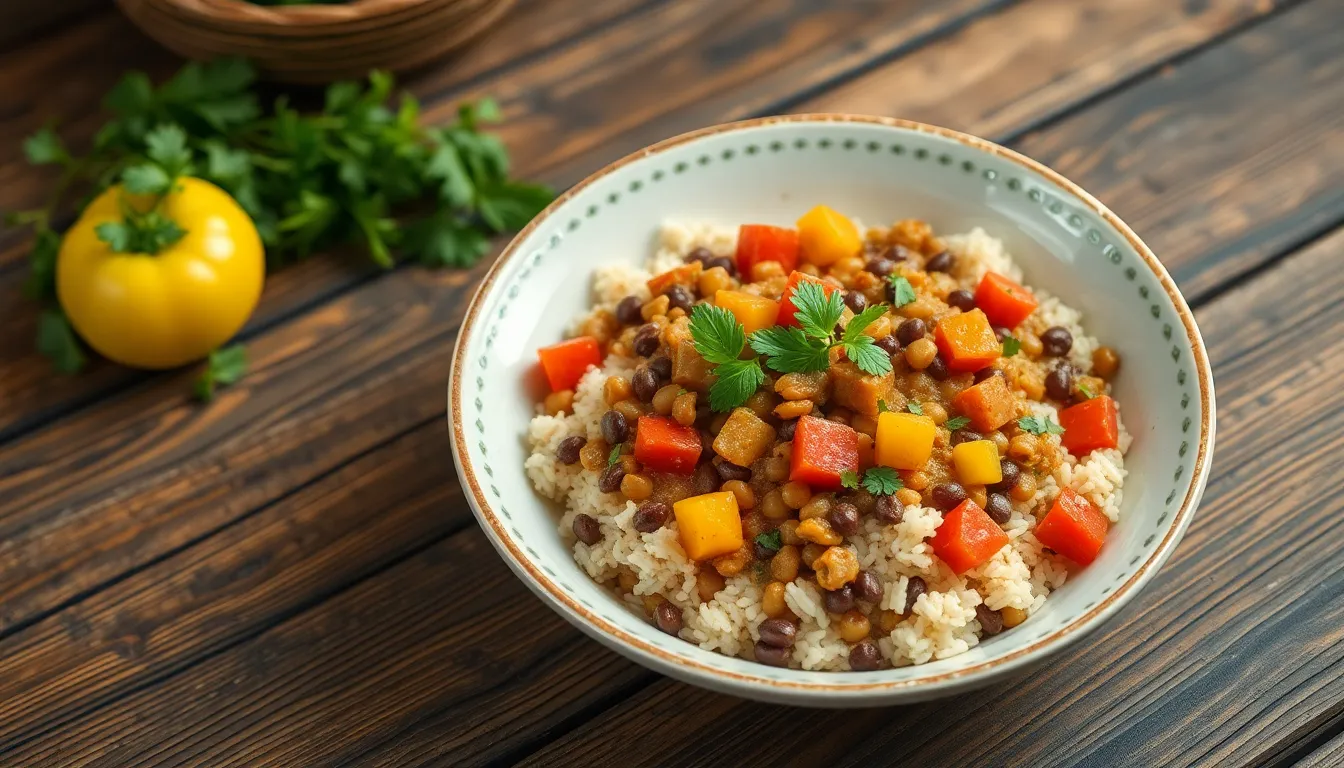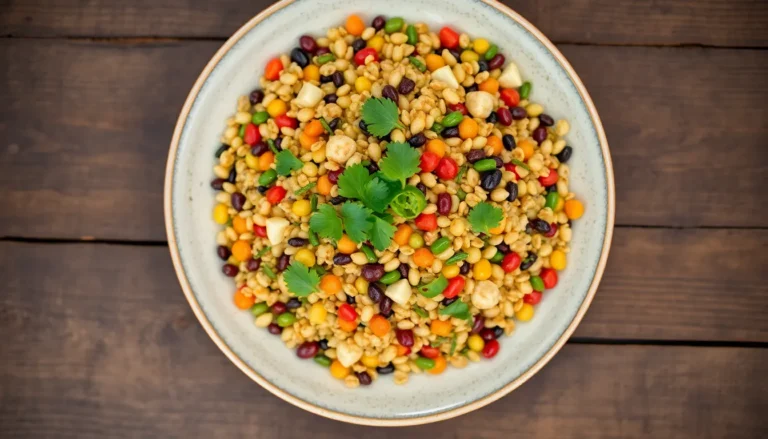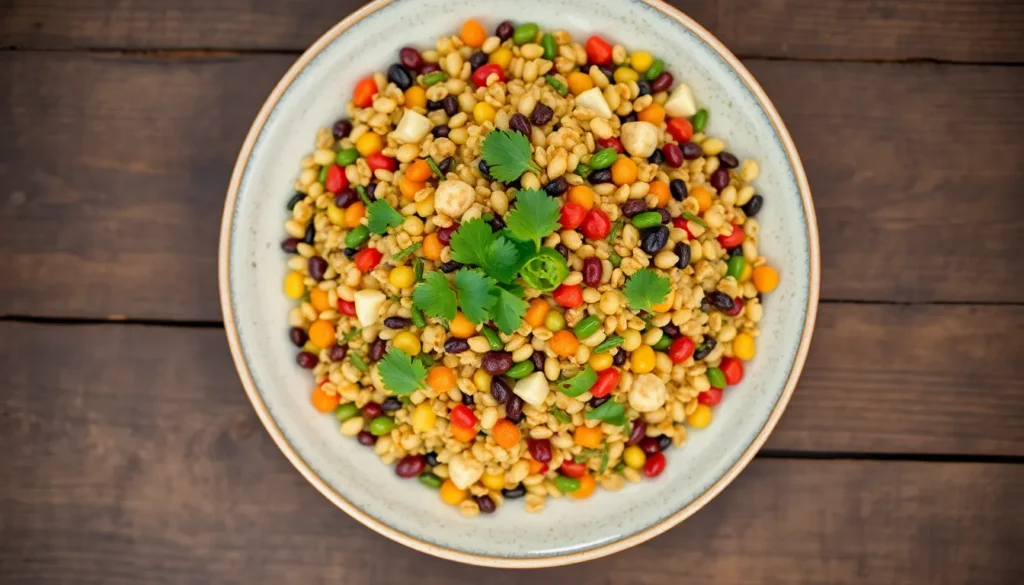Table of Contents
ToggleWhen it comes to quirky food names, “felmusgano” certainly takes the cake—or maybe the cheese? If you’ve stumbled upon this intriguing dish, you might be wondering if it’s a dairy delight or a lactose-free wonder. The last thing anyone wants is to dive into a creamy bowl only to discover it’s a one-way ticket to a dairy disaster.
Understanding Felmusgano
Felmusgano typically refers to a specific type of culinary preparation found in certain cultures. Ingredients can vary significantly based on regional recipes. It’s essential to investigate whether this dish includes dairy products, particularly milk, as many individuals experience lactose intolerance.
Food enthusiasts often describe felmusgano as flavorful and versatile. Popular variations might incorporate different base ingredients such as grains or legumes. Check the ingredient list carefully, as some versions may contain cream or cheese, which signifies the presence of milk.
Milk may not always be a primary component, but it’s crucial to confirm each recipe’s specifics. Research indicates that many traditional recipes for felmusgano exclude dairy to accommodate various dietary preferences. Sometimes, modifications may allow for lactose-free alternatives that provide a similar taste and texture without the discomfort.
Being aware of dietary restrictions plays a significant role in food selection. Reading labels or inquiring about components at restaurants ensures safety for lactose-sensitive individuals. Those who prepare felmusgano at home can easily substitute non-dairy products for traditional ingredients.
Ultimately, understanding the composition of felmusgano helps to mitigate risks for those with lactose intolerance. Knowledge of potential allergenic ingredients fosters enjoyable dining experiences and promotes informed culinary choices.
Ingredient Analysis

Understanding the ingredients of felmusgano is crucial for those with dietary restrictions. Exploring its components can clarify whether it contains milk or dairy products.
Common Components
Felmusgano typically features a base of grains or legumes. Popular ingredients may include rice, lentils, or chickpeas. Spices and herbs frequently enhance the flavor profile, creating a unique culinary experience. Vegetables often appear in various regional recipes, adding freshness and nutrition. Some variations incorporate nuts or seeds for added texture, while others rely on rich spices for depth. While traditional recipes vary, none consistently lists milk as a core component.
Potential Dairy Content
Dairy content depends on the specific recipe for felmusgano. Many variations aim to be lactose-free to accommodate dietary needs. Traditional preparations usually do not include dairy products, avoiding potential issues for lactose-sensitive individuals. However, some adaptations might incorporate cream or yogurt for richness. If dining out, it’s advisable to ask about dairy use to ensure safety. Home cooks can easily substitute with non-dairy options, maintaining the dish’s integrity without the risk of discomfort. Understanding these nuances promotes informed choices regarding felmusgano dishes.
Health Implications
Understanding the health implications of felmusgano is crucial for those with dietary restrictions. Awareness of its ingredient composition helps individuals with lactose intolerance or allergies make informed choices.
Allergies and Intolerances
Individuals with lactose intolerance often face discomfort when consuming dairy products. Felmusgano typically avoids the use of milk as a core ingredient, reducing potential allergic reactions. Traditional recipes usually feature grains, legumes, vegetables, and spices, which align with lactose-free requirements. Some variations may inadvertently introduce dairy through the use of cream or yogurt. For safety, it’s essential to verify ingredient lists or ask questions when dining out. Substituting non-dairy alternatives offers a solution for those looking to avoid lactose altogether.
Nutritional Considerations
Nutritional value varies based on the ingredients used in felmusgano. Grains such as rice and legumes like lentils provide essential nutrients, including fiber and protein. Spices and vegetables enhance both flavor and nutritional benefits, contributing vitamins and minerals to the dish. While traditional preparations often remain dairy-free, some versions may include cream for added richness, which alters the nutritional profile. Preparing felmusgano at home allows for customization, ensuring optimal nutrients without compromising dietary needs. Balancing flavors and health aspects makes felmusgano a versatile choice for diverse diets.
Felmusgano offers a delightful culinary experience that can cater to various dietary needs. While traditional recipes generally exclude milk and other dairy products, variations may introduce these ingredients. It’s crucial for individuals with lactose intolerance to verify ingredient lists or inquire about preparations when dining out.
With its base in grains and legumes, felmusgano not only provides a rich flavor but also delivers essential nutrients. Preparing it at home allows for complete control over ingredients ensuring a satisfying meal that aligns with dietary preferences. By understanding the composition of felmusgano, diners can enjoy this versatile dish without worry.







